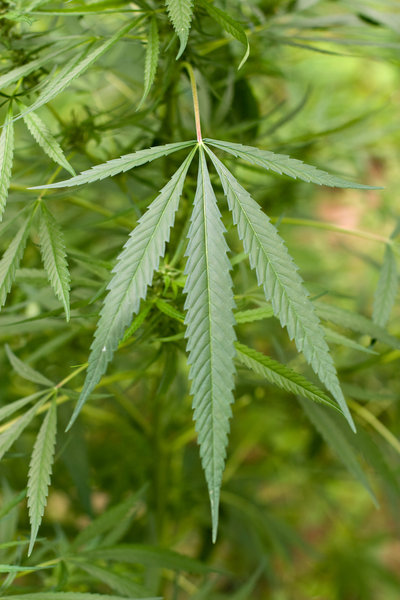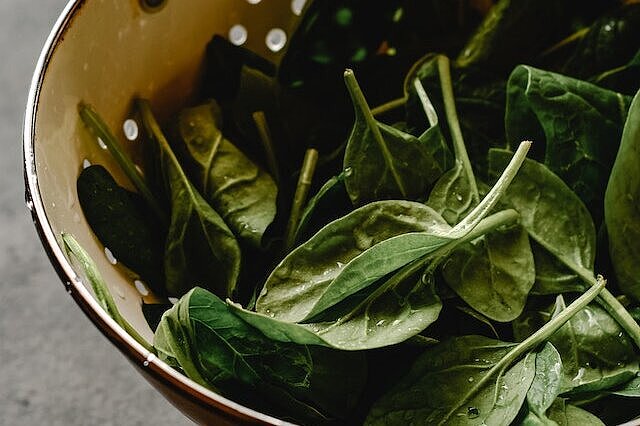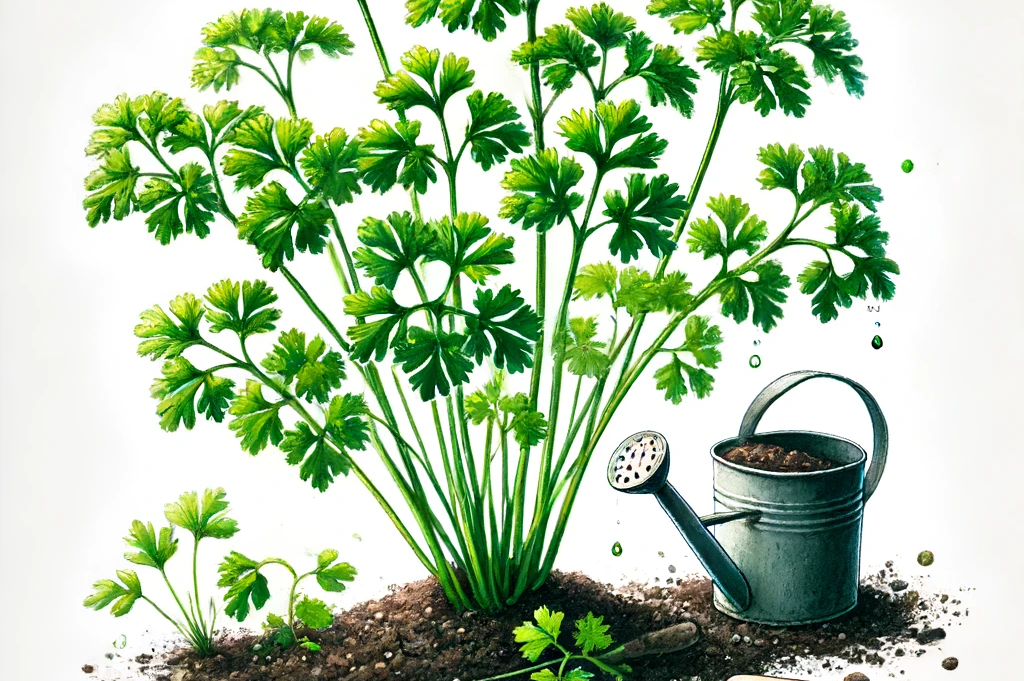Hemp leaves

Hemp leaves are a natural component of the hemp plant, which is best known for its fibers and seeds. But did you know that hemp leaf can also be useful for dogs? In this article, you'll find out what hemp leaves are, how they work and what advantages and disadvantages they have.
What are hemp leaves?
Hemp leaves are the green leaves of the hemp plant, which is one of the oldest cultivated plants in the world. Hemp leaves contain various ingredients that can have a positive effect on health. These include, among others
- Cannabinoids: These are plant substances that bind to certain receptors in the nervous system and can therefore influence various processes in the body. The best-known cannabinoid is THC (tetrahydrocannabinol), which is responsible for the intoxicating effect of cannabis. However, hemp leaves only contain very small amounts of THC and are therefore not psychoactive. Another cannabinoid is CBD (cannabidiol), which can have an anti-inflammatory, pain-relieving and calming effect.
- Terpenes: Aromatic compounds that are responsible for the typical smell and taste of hemp. Terpenes can also have a therapeutic effect, e.g. antibacterial, antiviral or anti-allergic.
- Flavonoids: Flavonoids are plant pigments that are responsible for the bright colors of hemp. Flavonoids have an antioxidant effect, i.e. they protect the cells from free radicals and can therefore strengthen the immune system.
What effect do hemp leaves have on dogs?
Hemp leaves can have various positive effects on dogs, depending on how they are administered. There are various ways to use hemp leaves in dogs:
- As a food supplement: Hemp leaves can be added to the food as a dried powder or as fresh leaves. This allows dogs to benefit from the valuable ingredients and improve their digestion. Hemp leaves can also stimulate the appetite and improve coat quality.
- As tea: Hemp leaves can be brewed as tea and added to drinking water. In this way, dogs can benefit from the relaxing and pain-relieving effect and support kidney function. Hemp leaves can also freshen breath and prevent bad breath.
- As oil: Hemp leaves can be extracted as oil and added to food or directly into the mouth. In this way, dogs can benefit from the anti-inflammatory and calming effect and promote skin health. Hemp leaves can also reduce stress and improve mood.
What are the advantages and disadvantages of hemp leaves for dogs?
Hemp leaf has many benefits for dogs, but there are also some disadvantages that should be considered:
Advantages
- Natural and plant-based
- Rich in nutrients and vital substances
- Versatile in use
- Promotes health and well-being
- Few side effects
Disadvantages
- Not sufficiently researched
- Quality and dosage vary depending on the manufacturer
- Interactions with other medications possible
- Incompatibilities or allergies possible
- Possibly illegal in some countries
Hemp leaves are the leaves of the hemp plant and contain cannabinoids such as CBD, terpenes and flavonoids. They can have positive effects on dogs, depending on how they are used. As a feed supplement, hemp leaves can improve digestion, appetite and coat quality. As a tea, they can have a relaxing and pain-relieving effect, support kidney function and prevent bad breath. As an oil, they can be anti-inflammatory, soothing and beneficial for skin health. However, there are pros and cons to consider, as hemp leaves have not been sufficiently researched, there are differences in quality and interactions with other medications can occur. They may also be illegal in some countries.
If you notice any signs of hypersensitivity or poisoning in your dog, you should see your vet immediately. We are not a substitute for a vet, but we try to be as accurate as possible. Every dog reacts differently and we recommend you get a second opinion or consult your vet if in doubt.
Stay healthy and take good care of your four-legged friend!😊
Similar to Hemp leaves
Stinging nettles are herbaceous plants from the nettle family. They grow in Europe, Asia and North America and prefer moist, nutrient-rich locations. The best-known species are the common nettle...
Dandelion herb belongs to the daisy family and is widespread in Europe, Asia and North America. The plant has a high content of vitamins, minerals, trace elements and bitter substances. It has a...
Spinach is a plant from the goosefoot family that originally comes from Asia. It has been cultivated and eaten as a vegetable for centuries. Spinach has large, dark green leaves that are rich in...
Parsley is a plant from the umbellifer family, which also includes carrots, celery and fennel. It has green, curly or smooth leaves with an aromatic scent. Parsley originates from the Mediterranean...



